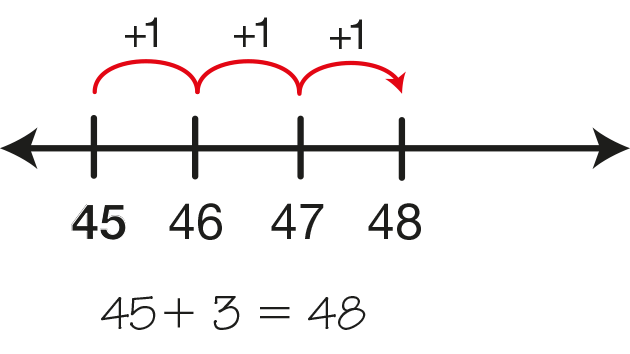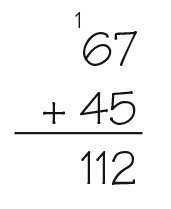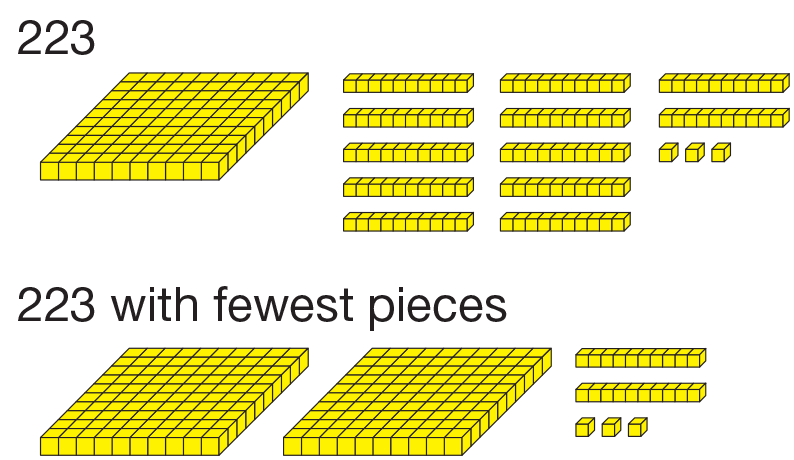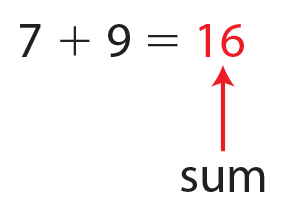Students make connections among representations and a variety of mental math and paper-and-pencil strategies as they solve multidigit addition problems with sums through one thousand. They practice estimating sums, and using expanded form, all-partials, and the compact method.
Content in this Lesson
- Using and applying place value concepts to make connections among representations of multidigit numbers using base-ten pieces, number lines, expanded form, and standard form [E1].
- Composing and decomposing numbers using ones, tens, hundreds, and thousands [E2].
- Showing different partitions of numbers (to 1000) using different representations (e.g., base-ten pieces, number lines, number sentences) [E3].
- Representing addition problems using base-ten pieces and number lines [E5].
- Adding multidigit numbers using mental math strategies (e.g., composing and decomposing numbers, counting) with base-ten pieces and number lines [E6].
- Adding multidigit numbers using paper-and-pencil methods (e.g., expanded form, all-partials, compact) [E7].
- Estimating sums using mental math strategies (e.g., rounding using benchmarks, using friendly numbers, composing and decomposing numbers, counting) [E8].
- Knowing what is important when solving a problem [MPE1].
- Finding an efficient strategy for solving a problem [MPE2].
- Using estimation to check for reasonableness [MPE3].
- Solving a problem a second way to check [MPE4].
- Showing or telling how to solve a problem [MPE5].
- Using labels to show what numbers mean [MPE6].
Daily Practice and Problems I–L
Assessment in this Lesson
| Assessment | Expectation Assessed | Math Practices Expectation Assessed |
|---|---|---|
|
Finish It: Addition Check-In: Questions 2–6 with Feedback Box Student Activity Book Pages 730–731 |
|
|
|
Shark Day Check-In: Questions 4–5 with Feedback Box Student Activity Book Pages 737–738 |
|
|
|
My Own Addition Strategies Menu Student Activity Book Page 739 |
|
|





















